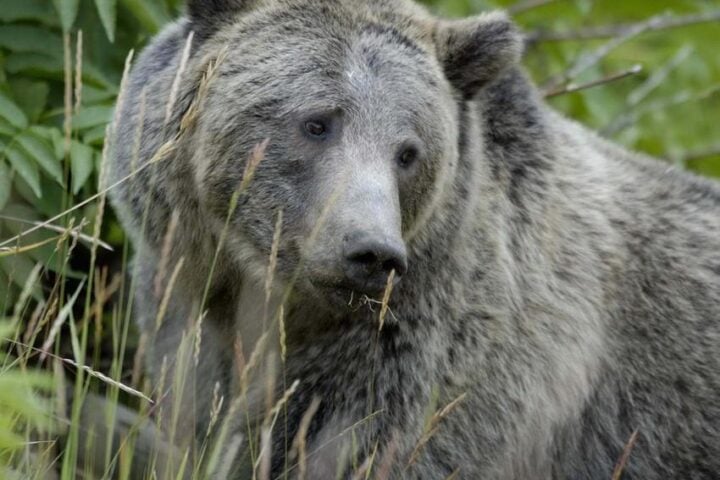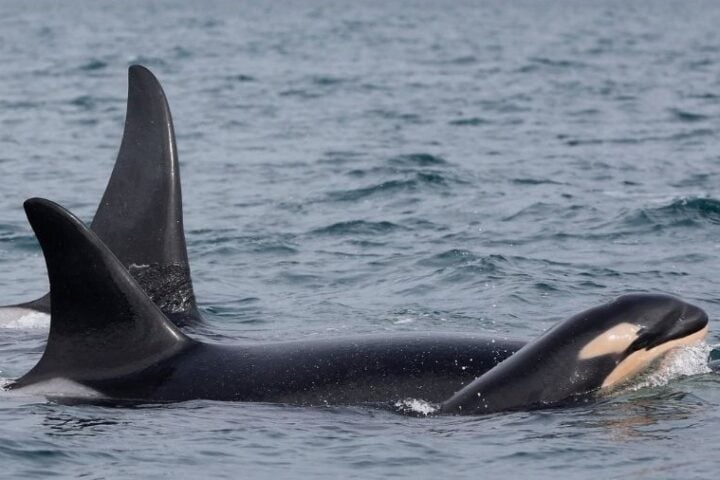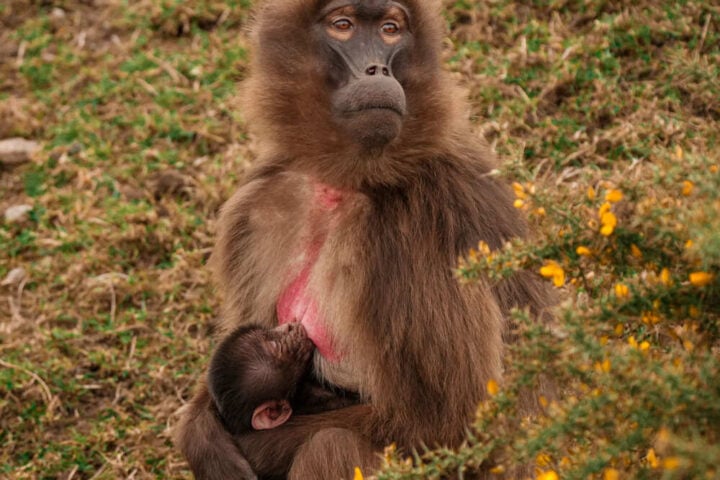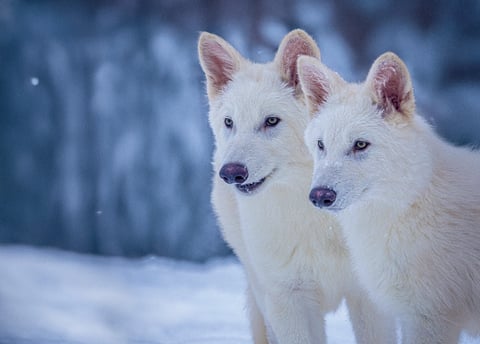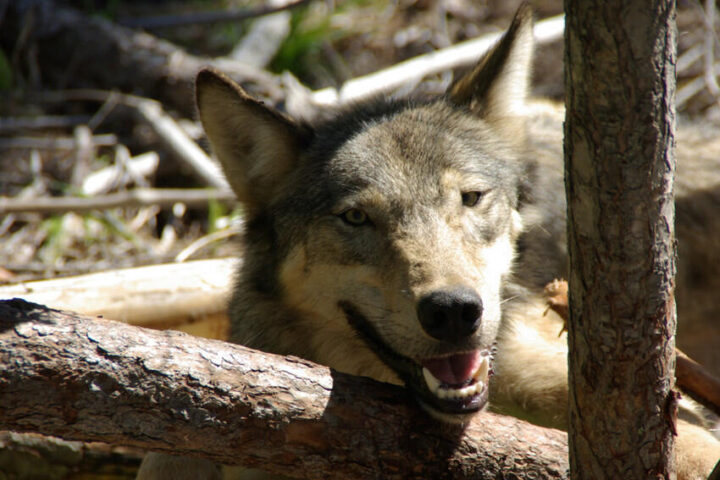In a world driven by globalization, international trade extends beyond conventional commodities to encompass the diverse fauna and flora of our planet. Unprecedented in scope, a trailblazing study led by University of Oxford’s Dr. Dan Challender unveils a silent crisis; hundreds of species, threatened by international commerce, are devoid of protections under the Convention on International Trade in Endangered Species of Wild Fauna and Flora (CITES). The convention, enacted in 1975, secures nearly 41,000 species from overexploitation. Yet, our knowledge and challenges have evolved drastically since, leading to the pressing question – is it time to rethink our approach?
Unveiling the Gaps: A New Mechanism
Challender and his dedicated team embarked on an ambitious journey to map the blind spots of CITES. They deployed a novel methodology, cross-referencing the International Union for Conservation of Nature’s (IUCN) Red List of Threatened Species with the CITES listings. The Red List, a comprehensive database comprising over 150,000 species, served as a perfect starting point. Their startling revelation? Of 38,245 globally threatened and near threatened species, 5.8% (2,211 species) are likely endangered due to international trade. Among them, CITES protects a mere 59% (1,307 species), leaving two-fifths, or 904 species, unprotected and exposed to the merciless wheels of global trade.
Critical Species: The Unprotected Heroes
These unprotected species aren’t just any random collection of organisms. They include 370 critically endangered and endangered species, among them 31 varieties of sharks and rays harvested for their fins and meat, and 23 species of palm traded heavily for horticulture. It is crucial to understand the ecological value and potential catastrophic impact their loss could inflict on various ecosystems.
Time for Change: A New Global Biodiversity Framework
These shocking revelations present a critical challenge, both to CITES and the recently brokered Global Biodiversity Framework. The latter aims to arrest species extinction, encouraging the sustainable use of wild species. This ambitious mandate now faces its first major test – the ability to respond to the scientific evidence uncovered by Challender’s team.
Similar Post
Looking Ahead: The 2025 Summit
As the global community gears up for the next CITES Conference of the Parties in 2025, the data presented here should serve as a wake-up call. This new methodology provides an essential tool to aid in the decision-making process and ensure that future CITES listings are based on sound science, not outdated information.
Beyond Trade: The Larger Threat
In light of these revelations, it is important to realize that the threat to biodiversity extends beyond international trade. The research indicates that species threatened by local and national resource depletion outnumber those threatened by international trade by four times. A holistic approach that considers these wider challenges is critical for the effective conservation of our planet’s rich biodiversity. The time is ripe for a paradigm shift in how we view and manage the trade of our world’s precious wildlife. Balancing the dynamics of a global economy with the urgent need to protect biodiversity is complex and daunting. Yet, as Challender’s research highlights, it’s an endeavor we can no longer afford to postpone. Will the upcoming 2025 Summit rise to the occasion? Only time will tell.








![Representative Image: European Starling [49/366]. Photo Source: Tim Sackton (CC BY-SA 2.0)](https://www.karmactive.com/wp-content/uploads/2025/04/Starlings-Drop-82-in-UK-Gardens-as-Birdwatch-2025-Reveals-Record-Low-Count-Since-1979-720x480.jpg)
